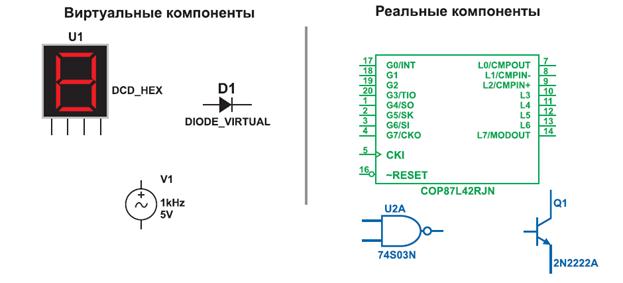Answer: A.
84. What formula expresses correctly the voltage division rule application for k-th resistor if k of them are connected in series? A. vk=vtotal*(Req/Rk) B.vk=vtotal*(Rk/Req) C. vk=vtotal*(R1/Req) D. vk=vtotal/(Rk/Req) E. vk=vtotal*(Rk-1/Req) Solution:
The Voltage Division Rule for k-th resistor if k of them are connected in series is Answer: B.
(between points A and D) A.0.5R B.R C.1.5R D.2R E.3R
Solution: 1st way
This gives 2R/3+R/3=R. Answer: B. D way Points B and C are symmetrical respectively to points A and D, so potential of point B equals to potential of point C. Then we can ignore resistor between points B and C. As a result, we have got the circuit, where four resistors of R are connected in two groups of R/2 (two resistors of R in parallel). So resultant value of Req=R/2+R/2=R 86. What formula expresses correctly the current division rule application for k-th resistor if k of them are connected in parallel? A. ik=itotal*(Req/Rk) B.ik=itotal*(Rk/Req) C. ik=itotal*(R1/Req) D. ik=itotal*(Gk/Geq) E. ik=itotal*(Geq/Gk)
Solution: The current division rule for k-th resistor if k of them are connected in parallel is
|


 85. What is the equivalent resistance for the circuit below if all resistances are equal to R?
85. What is the equivalent resistance for the circuit below if all resistances are equal to R?
 The values of star sides will be three times less, that is R/3, so after reducing resistors in series there will be parallel combination of two resistors with values 4R/3 (R+R/3) in series with one R/3 resistor.
The values of star sides will be three times less, that is R/3, so after reducing resistors in series there will be parallel combination of two resistors with values 4R/3 (R+R/3) in series with one R/3 resistor.



